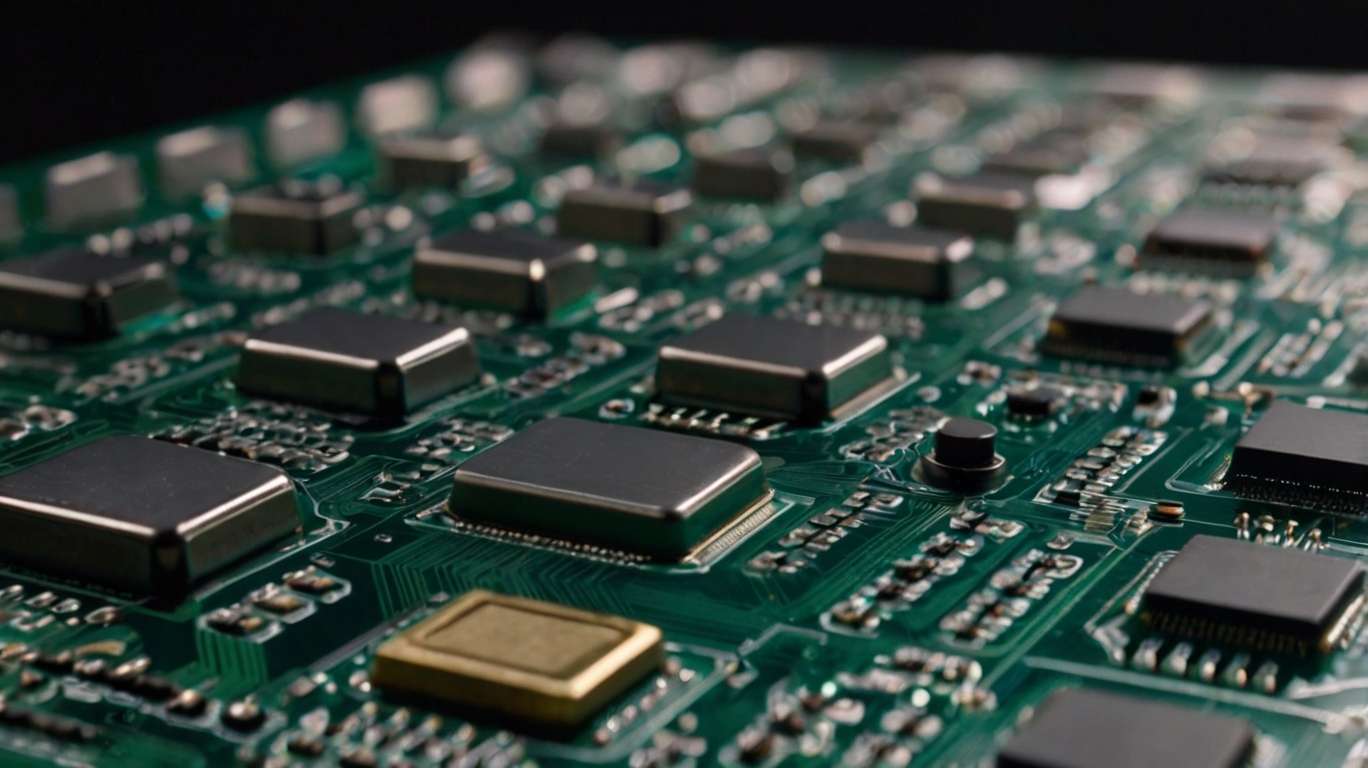The Role of Dysprosium Oxide in the Electronics Industry
It is difficult for us to imagine living our lives without electronics. The electronics industry is the source of so many appliances and gadgets that make our lives easier. From the smartphone in our hand to renewable power supply, every aspect of our lives has electronic appliances in it. However, innovation in the electronics sector is dependent on rare raw materials, and one of these raw materials is dysprosium. This is a rare earth element possessing unique chemical properties that are crucial in enhancing the performance and efficiency of electronic gadgets. In this blog, we will take a deep dive into the application of dysprosium oxide in the electronics sector.
What is Dysprosium Oxide?
Dysprosium oxide is a compound that is extracted from the rare earth element dysprosium. In the periodic table of elements, dysprosium is situated in the lanthanide series. Dysprosium oxide is a white powder having strong magnetic properties and a high thermal stability. Its special properties make it immensely useful in advanced electronics where precision and durability are both important.
In the Earth’s crust, dysprosium is found in the mineral ores bastnasite and monazite. These ores need to be mined. After mining, the dysprosium needs to be extracted through a complex process and then refined and combined to form dysprosium oxide.
Key Properties that Make Dysprosium Oxide Useful in Electronics
Dysprosium has a unique combination of properties that make it highly demanded in the electronics industry.
Magnetic Properties: Dysprosium oxide enhances the coercivity (resistance to demagnetization) of a magnetic material. This is vital for lengthening the life and reliability of high-performance magnets.
Thermal Stability: It remains stable at extreme temperatures, making it ideal for use in electronic applications that operate in harsh environments.
Electrical Insulation: It is an electrical insulator and can safeguard sensitive components from electrical surges.
Compatible with Magnetic Alloys: It makes the properties of a magnet more powerful if it is combined with other elements like neodymium.
Applications of Dysprosium Oxide in Electronics
1. High-Performance Magnets
In manufacture of high performance magnets made of neodymium-iron-boron (NdFeB) dysprosium oxide is utilized as a raw material. These magnets are used in a diverse range of electronic gadgets, like
- Electric Motors: These are an important component in EVs, drones, and industrial equipment. Dysprosium gives these magnets the capability to retain magnetism even during exposure to high heat.
- Wind Turbines: The efficiency and reliability of wind turbines are significantly increased through NdFeB magnets.
2. Data Storage Devices
Hard Disk drives (HDDs) make use of magnets containing dysprosium for flawless data storage. Dysprosium ensures that the magnet stays stable over time, which is crucial for data safety.
3. Miniaturized Electronics
Dysprosium oxide is used in a variety of electronic devices, such as smartphones, tablets, and wearable technology, to increase energy efficiency. A higher energy efficiency makes it possible for these gadgets to be made smaller and lighter.
4. Radiation Shielding and Display Technologies
Dysprosium oxide is a compound that is added to radiation shielding materials, which are part of medical imaging devices such as MRI scanners. Its chemical stability is important for the manufacture of specialized coatings in display technologies by making them long-lasting.
5. Energy-Efficient Transformers
Dysprosium Oxide is also crucial for the power supply sector. The transformers in the power sector are made of magnetic alloys containing dysprosium oxide, which enhances efficiency by reducing energy loss that occurs during heat dissipation. This is vital for smart grids and renewable energy systems.
Challenges in the Supply and Use of Dysprosium Oxide
1. Limited Availability
Dysprosium is rare and can only be mined in a few countries that have deposits. China dominates global dysprosium production. For producers of electronics from other countries, a monopoly on supply created price volatility and supply chain problems.
2. Environmental Impact
The mining process of dysprosium negatively impacts the environment as it results in habitat destruction, water pollution, and high energy consumption. Research and innovation are being done to make the extraction process more environmentally favorable, but challenges remain.
3. Recycling and Substitution
Dysprosium recycling is not a financially feasible process and requires quite a lot of effort and resources to extract dysprosium oxide from discarded electronics. Although research is being done to find alternative materials with similar properties that can be recycled easily or are cheaper, so far it has been unsuccessful.
Conclusion
Dysprosium oxide is a crucial necessity in the electronics industry, as it can be used to produce efficient, durable, and high-performance components. There is its application in creating electric motor magnets for even the most compact consumer devices, used in a wide range of applications. Thus, with the challenges of limited supply and environmental concerns, its availability for upcoming innovations can be promoted by responsible sourcing, recycling, and research initiatives that maximize the beneficial utilization of dysprosium oxide and minimize its drawbacks.
This rare earth compound, although sometimes ignored, is the backbone of modern technology and propels the progress of not only ordinary electronics but also advanced technological advancements. Its contribution to the future of the electronics industry cannot be underestimated.



.png)

